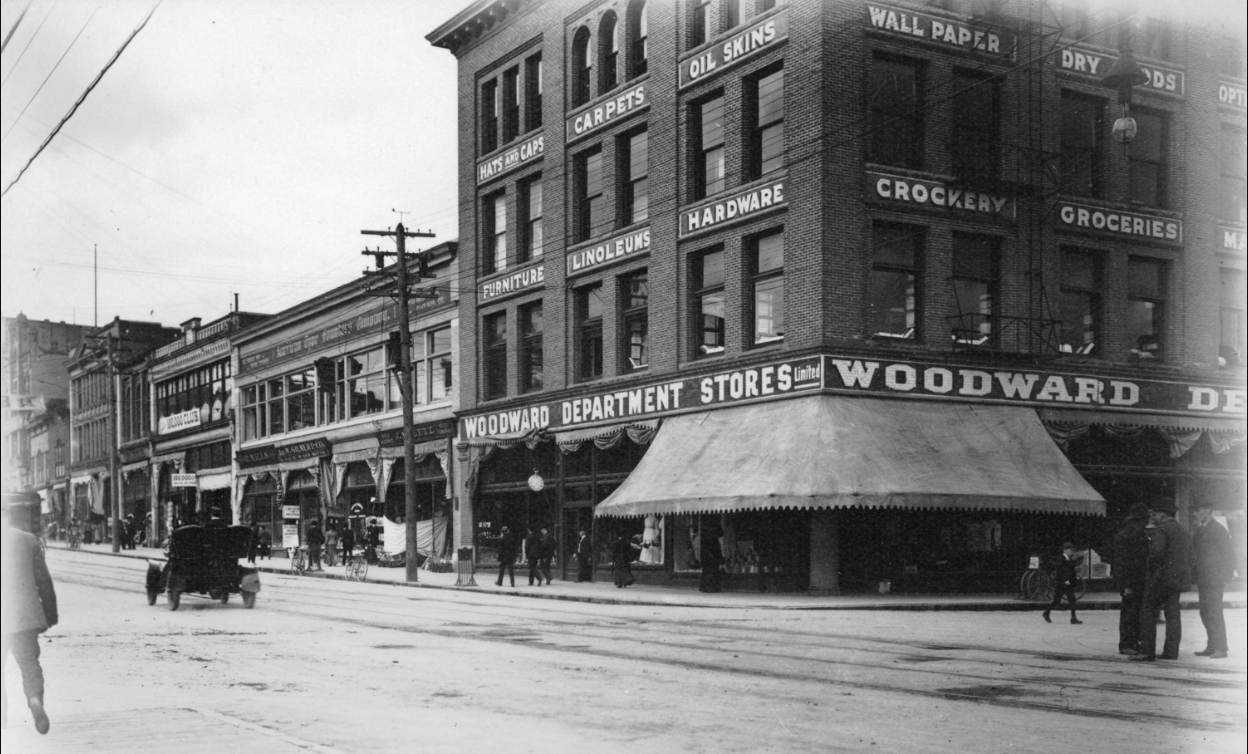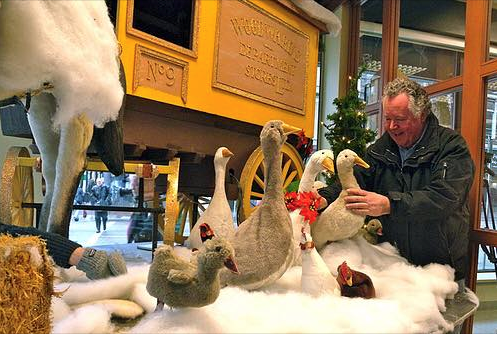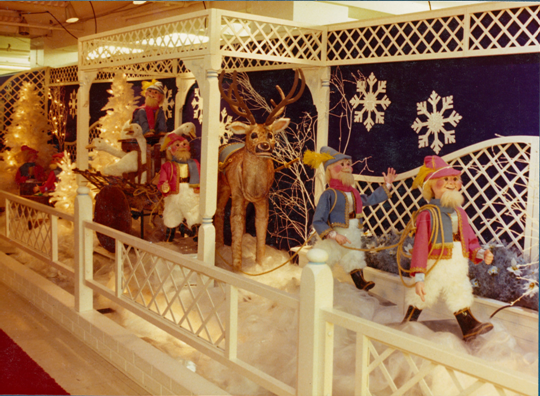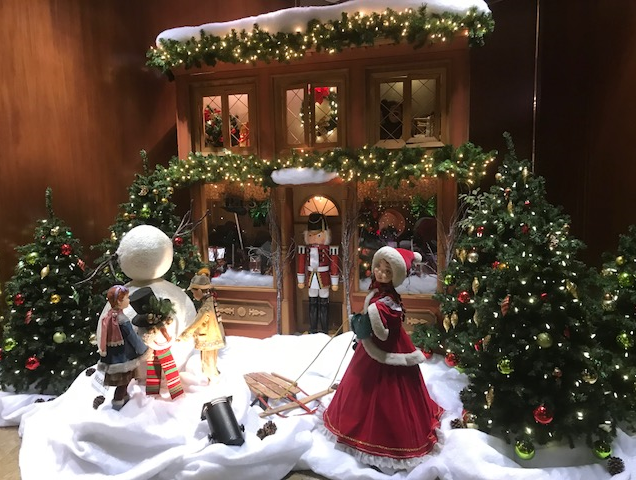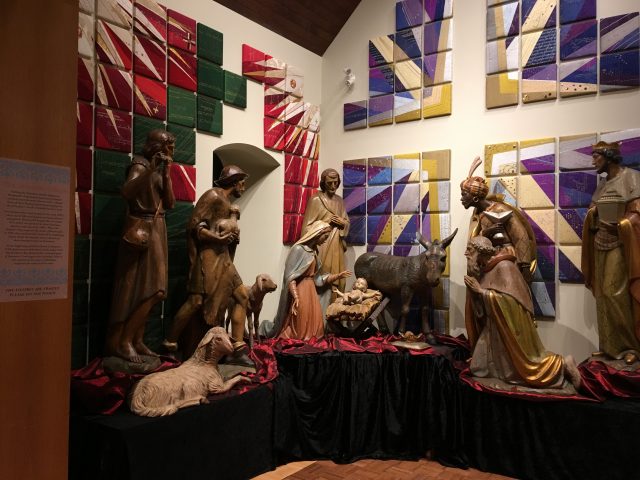Just before noon on March 6, 1945, the SS Greenhill Park blew up, killing six longshoremen and two seamen. Twenty-six others, including seven firefighters were injured in the explosion.
For a more detailed version of this story, see my column in the North Shore News: 80 Years Ago Today a Ship Blew up
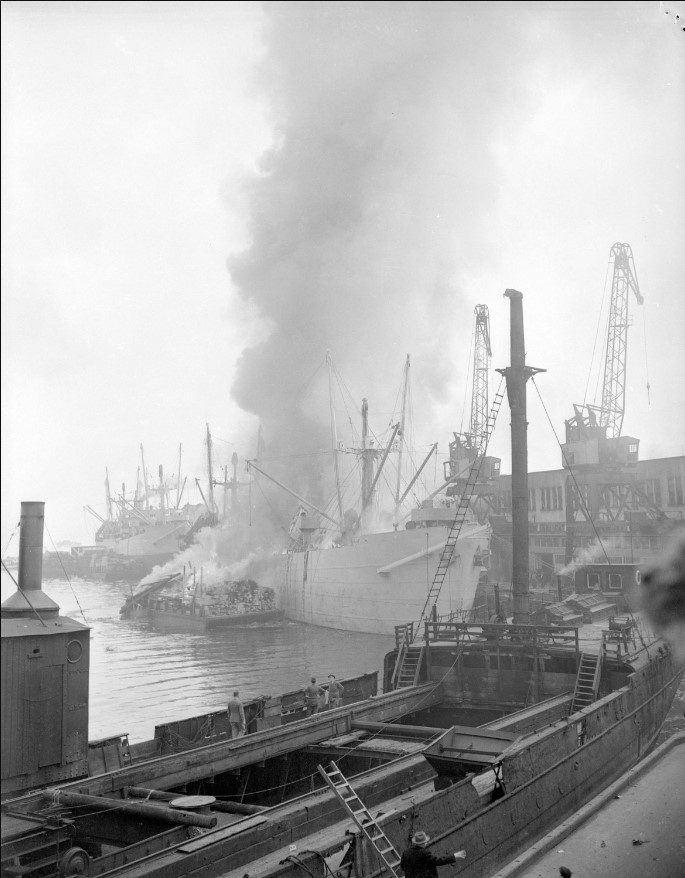
On March 6, 1945, nearly 100 men were either loading or getting the SS Greenhill Park ready for its voyage to Australia from CPR’s Pier B-C (now Canada Place). They were loading a mixed cargo of mostly lumber, newsprint, and tin plate. But there were also pickles, sunglasses, lightbulbs, books and knitting needles. What would prove most problematic though, was the 94 tonnes of explosive sodium chlorate (for bleaching wood pulp), seven-and-a-half tonnes of signal flares and several barrels of overproof whisky.
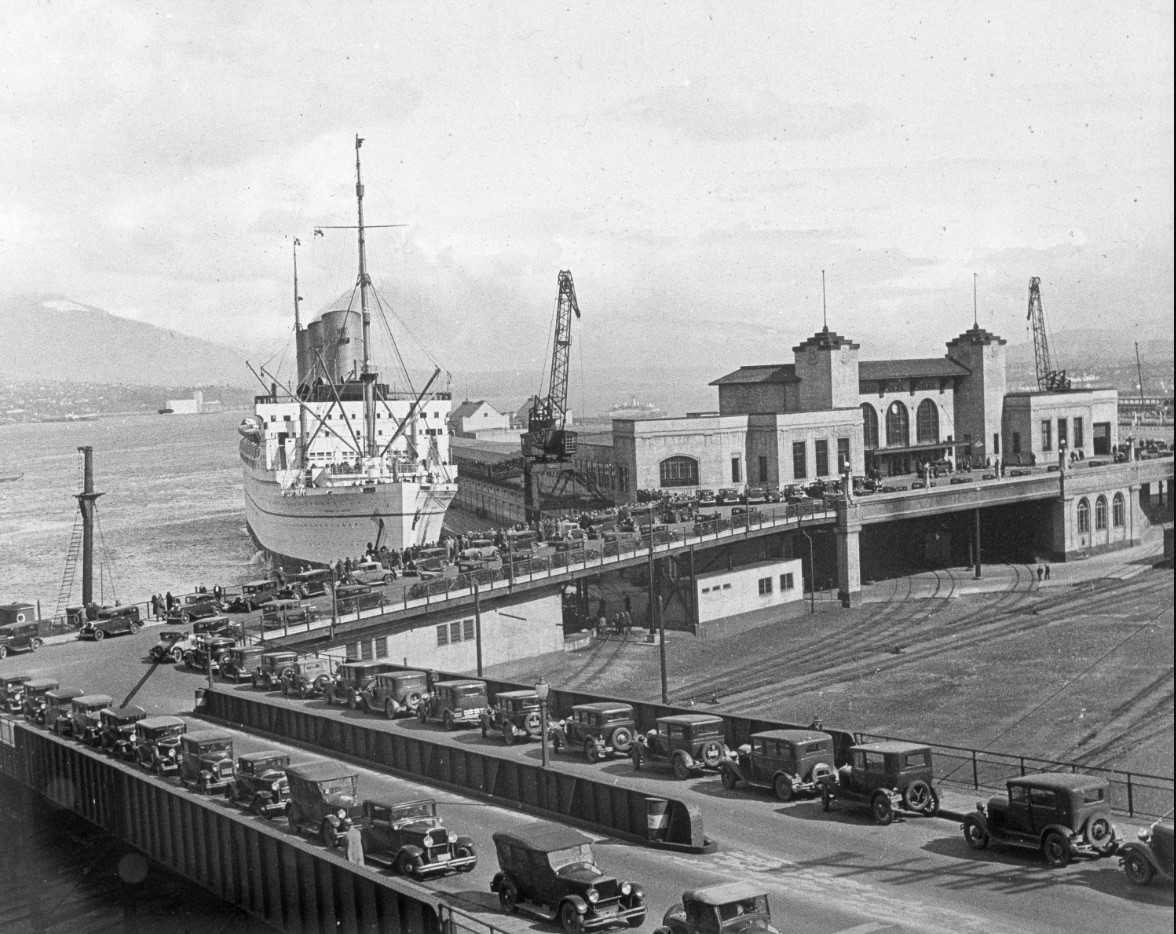
The whisky was hard to resist, and some of the workers were filling up bottles of the stuff to take home in their lunch boxes. It was dark in the hold, and at a minute before noon, one of the men lit a match.
And, boom.
- Copies of my new book, Beneath Dark Waters: The Legacy of the Empress of Ireland Shipwreck, are available through my publisher Arsenal Pulp Press, or preorder from any independent bookstore across Canada
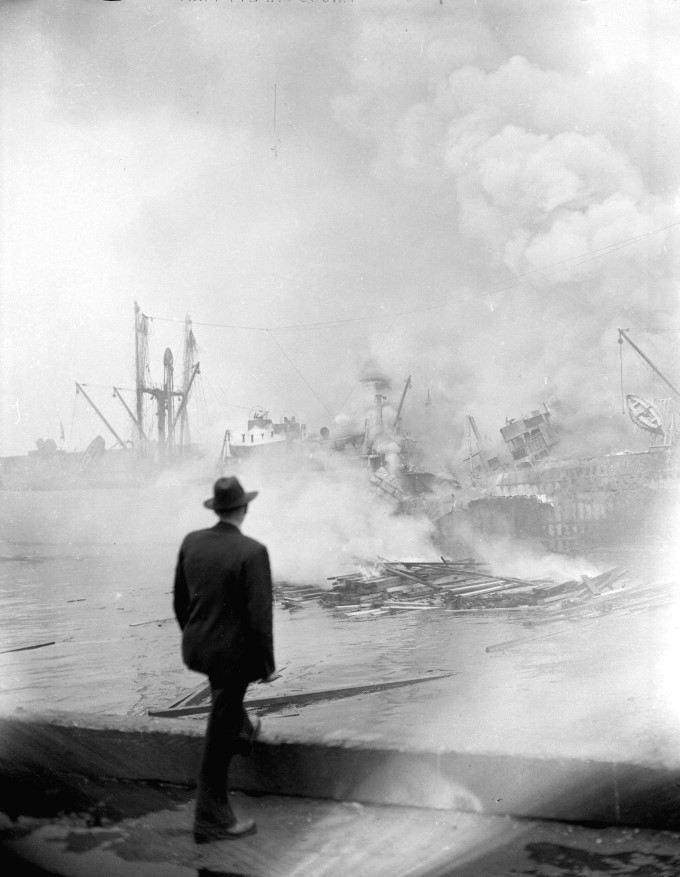
Explosions rock Vancouver:
Flames shot up more than 30 metres in the air, and the ensuing explosions took out most of the large plate glass windows along automobile row on West Georgia. Thousands of windows in downtown office buildings smashed, and the blasts blew out 10 heavy corrugated iron doors inside of Pier B.
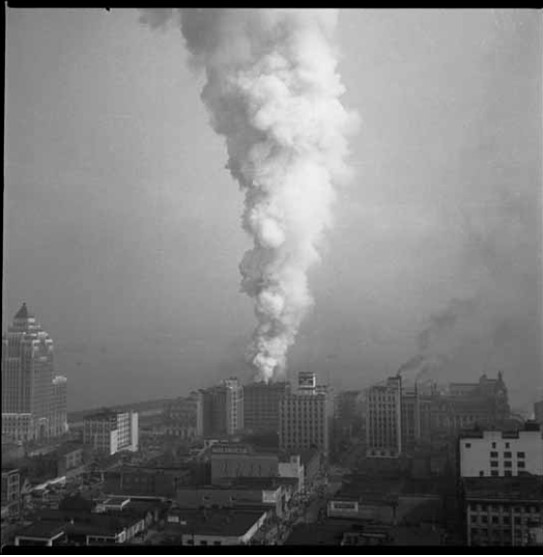
Many on the ground thought the Japanese were attacking, and tried to reach air-raid shelters.
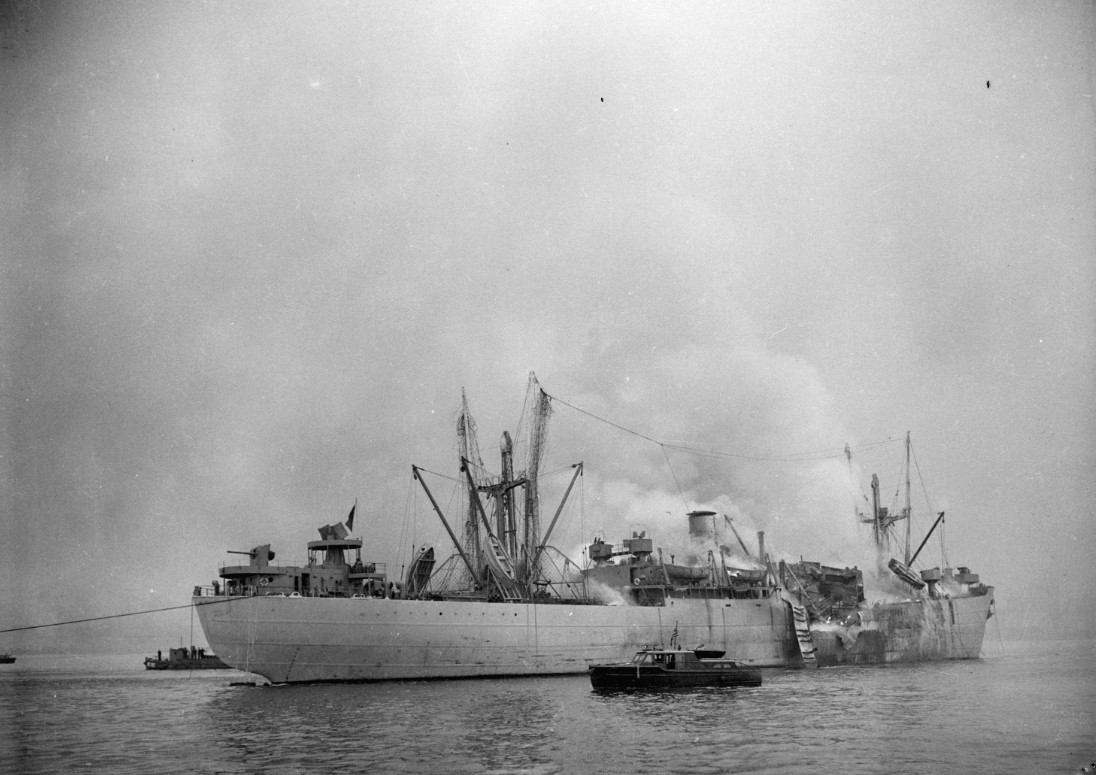
Frank Wright, the 25-year-old captain of an army supply ship called the Sutherland Brown was docked at the foot of Cardero. He and his skeleton crew were the first to reach the 10,000 ton freighter and managed to get a tow line onto the ship. With the help of an army tug they tried to beach the ship on the North Shore, but the tide was too strong and it drifted out the first narrows and went aground near Siwash Rock.
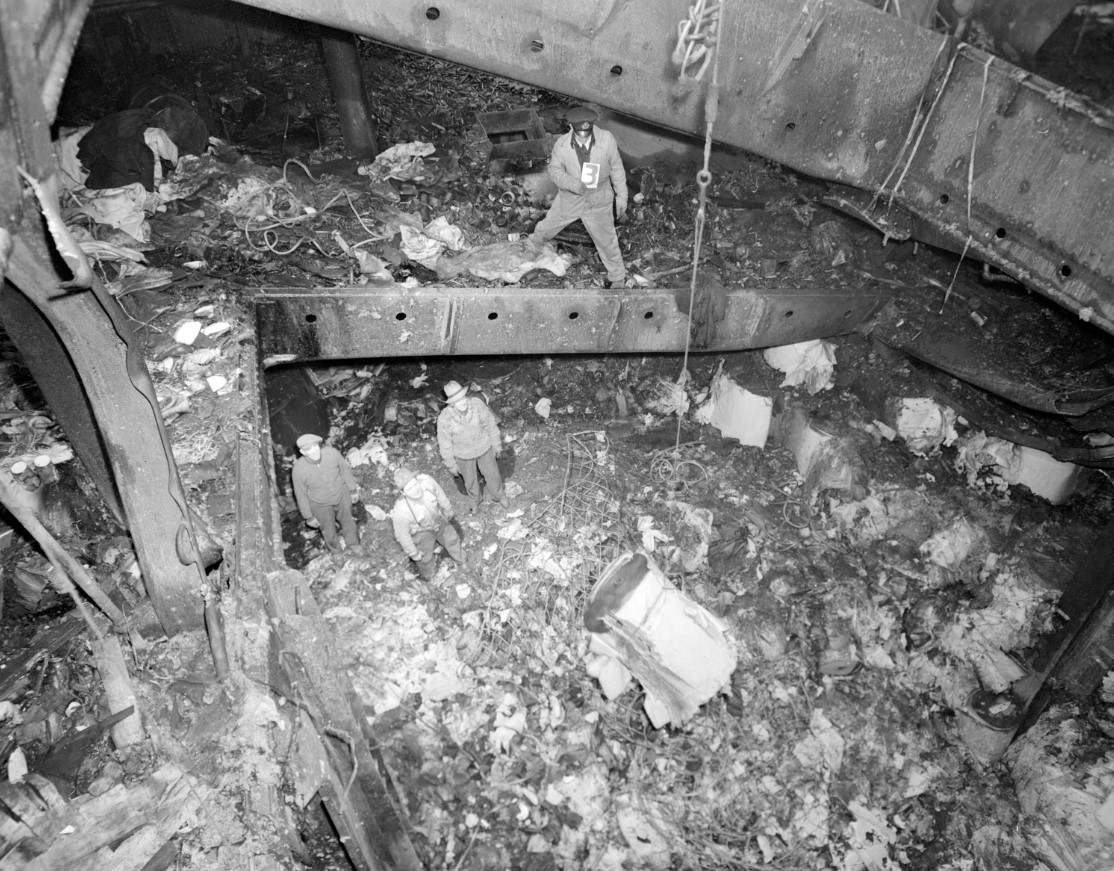
In memory of those who were killed:
Donald Bell, 34
Joseph Brooks, 51
Julius Kern, 41
William Lewis, 46
Merton McGrath, 46
Donald Munn, 54
Montague Munn, 57
Walter Peterson, 56
© All rights reserved. Unless otherwise indicated, all blog content copyright Eve Lazarus.



